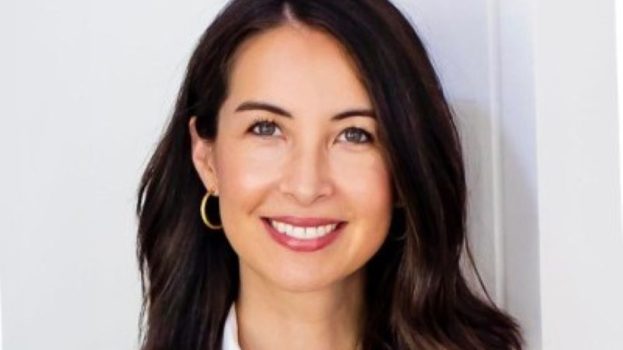Brands may be pushing the boundaries when it comes to tackling gender and ethnicity biases in their marketing, yet stereotypes around age remain “stubbornly pervasive,” according to new research led by Brainsights, a Toronto-based neuroscience research firm.
Working in partnership with HomeEquity Bank (which targets Boomers) and agency Zulu Alpha Kilo, Brainsights analyzed the unconscious brain activity of more than 300 Canadians, split evenly between those over and under the age of 55. It showed the group 117 different pieces of video content, including Boomer-targeted ads, movie trailers, news clips and holiday ads, and then measured their levels of attention, emotional resonance and memorability (which Brainsights refers to as attention, connection and encoding in the study).
“There are huge economic and moral consequences,” says Kevin Keane, Brainsights co-founder and CEO, summarizing the report’s findings. Morally, the issue is about “building an inclusive society,” which brands are already doing for other forms of representation, he says. Economically, the demo represents a “lucrative segment that has all but been forgotten. It’s growing both in size and in wealth, so it’s important for advertisers to not overlook that segment and create content that meaningfully engages that audience.”
The report revealed four key actions marketers should take to avoid age bias.
Ditch the old age stereotypes
Many stereotypical representations of Boomers miss the fact that the segment is actually educated, capable and enthusiastic. And according to the study, content that portrayed them this way increased the viewers’ attention (up 7%), connection (up 11%) and encoding to memory (up 10%) versus Boomer benchmarks.
As one example, Brainsights tested an older, testimonial-style spot for HomeEquity Bank in which the subjects were represented as frail and in need of help, and compared it with a more recent, Boomer friendly “Sprinkler” spot. The audience withdrew when viewing the older ad – with below-benchmark scores on attention, encoding and emotional resonance, while the cheeky sprinkler ad saw lifts of 25% on connection and 11% on both attention and encoding.
In short, marketers need to represent Boomers the way they see themselves.
Nostalgia as the antidote to flux
While nostalgia is frequently associated with millennial audiences (and their Instagram filters), the sentiment plays just as well with Boomer audiences, provided the form of nostalgia is tailored to them, Brainsights found.
“The thing about nostalgia is that it’s an anchor for people during times of flux and great change,” says Keane, noting that Boomers transitioning between employment and retirement can face feelings of insecurity.
Brainsights screened five trailers reprising old classics (including The Lion King, Mary Poppins and Disney’s The Nutcracker) and found boosts across attention (11%), emotional connection (9%) and greater memorability (13%) than the average.
Selective parenthood memories
The theme of parenthood can also work well with the segment provided marketers hit the right tone – in this case, one of positivity or constructive feedback, the study found.
According to Brainsights, content that is overly emotional or deals with the struggles of parenthood tends to do less well with the segment. For example, “The Sick Kids vs DadStrong and Sick Kids vs MomStrong are two such examples that hover, on average, below benchmark for this group.”
Marketers should instead look to look to “communicate moments of personal development, learning and growth,” with messaging that revolves around the notion of legacy. One ad for Whirlpool that showed a mother teaching her teenage son to cook saw double digit lifts across attention (27%), connection (+42%) and encoding (31%).
Deliver information in digestible chunks
Finally, brands need to keep in mind that as people age, stimuli puts greater demand on cognitive resources, which means “individuals will tend to require more cognitive resources to process information as they age.”
So, Brainsights found, content that delivers information quickly tends not to perform as well among Boomers. For example, a two-minute spot that functionally contained the same information as shorter versions saw better results. Conversely, respondents under of age of 55 responded more negatively to the longer versions of the ads, possibly showing their impatience when it comes to media consumption, says Keane.
It’s not about “being sloth-like” in the execution, he says, because that falls in line with prevailing stereotypes. Rathers, Brainsights concludes the way forward requires “curating information in a way that directs audience attention and setting a pace of information delivery that is manageable and digestible.”
























